

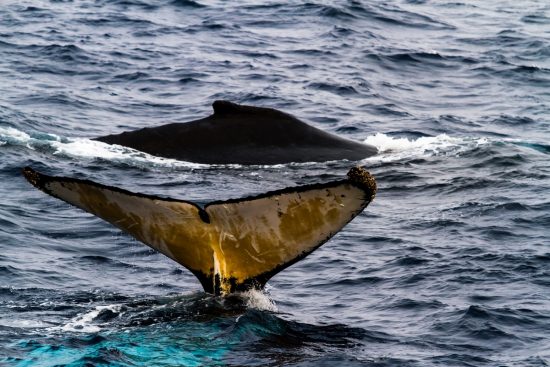
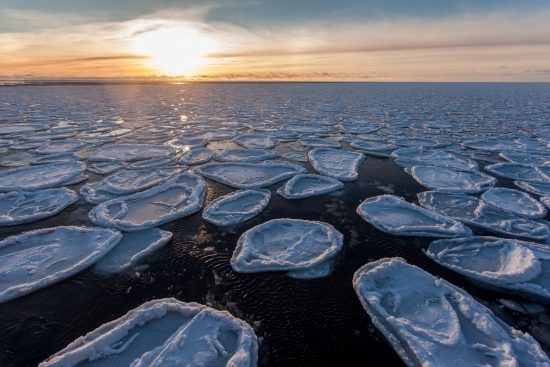
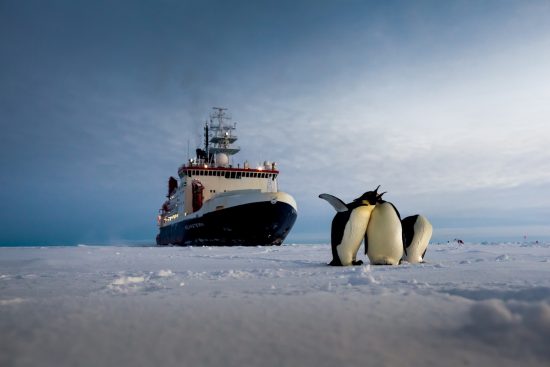
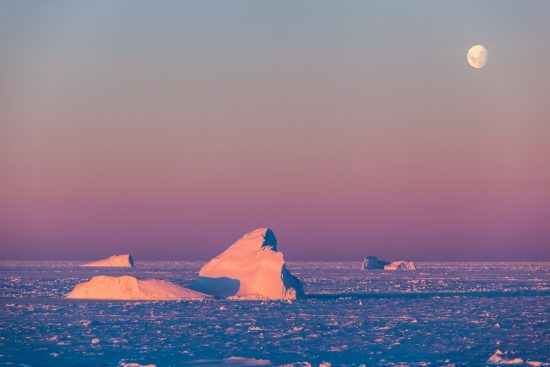
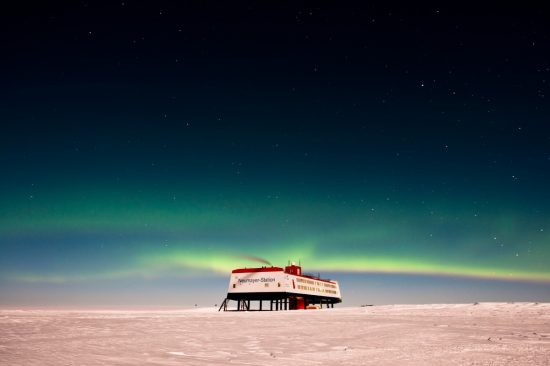
The European Union has submitted a request for a marine protected area
(MPA) to be established in the Weddell Sea. The scientific basis was
provided by researchers at the Alfred Wegener Institute, Helmholtz
Center for Polar and Marine Research (AWI).
The Commission for the Conservation of Antarctic Marine Living
Resources (CCAMLR) was signed by 14 states on 20 May 1980 and entered
into force on 7 April 1982.
The 35th meeting of the CCAMLR is currently
taking place from October 17th to 28th in Hobart, Tasmania. Its members
must agree unanimously about the establishment of the MPA.
The Commission, which comprises 24 Member States and the European
Union, is currently developing the scientific basis for a network of
MPAs in the Southern Ocean.
The Weddell Sea is one of nine planning
regions in the CCAMLR contract area of the entire Antarctic Ocean.
The
proposed MPA, conceptualised by Germany, would cover an area
approximately 1.8 million square kilometres. It would be five times the
size of Germany, making it the largest MPA in the world.
In the Weddell Sea, some 14,000 species live in different communities.
Marine biologists have described the biodiversity of the Southern Ocean
to be comparable with the diversity of tropical reefs.
Since its
discovery in 1823, there has never been a commercial fishery in the
Weddell Sea. It is thus one of the last, almost untouched regions of
Antarctica, where the natural balance of nature has been preserved.
The extreme conditions in the Weddell Sea means that the animals living
there have to conserve their energy at all times. As a result, they
have developed unique means of survival. For example, ice fish create
antifreeze proteins in their body that prevents their blood from
freezing.
The Weddell Sea is also home to large birds. Near its coasts, more than
300,000 pairs of Antarctic petrels mate every summer. On the sea ice,
one-third of all emperor penguins are being born. Their parents dive
into the Weddell Sea, hunting for krill and Antarctic silverfish to
build up their fat reserves.
The krill and fish stocks in the Weddell
Sea are also consumed by many sea mammals. Scientists have documented
six seal species and twelve whale species. The main whale species
include the humpback whales, orcas, blue whales and Antarctic minke
whales.
During the meeting, Federal Minister of Food and Agriculture Christian
Schmidt said, “The Weddell Sea is one of the last, almost untouched
regions of Antarctica and this should not be changed. It is our
historic duty to protect the unique ecosystem in Antarctica.”
AWI Director Prof Dr Karin Lochte added, “In the Weddell Sea, there are
unique biological treasuries and key species that must be preserved.
Our investigations have revealed that climate change has had little
effect on this region. The Weddell Sea functions as a retreat for
cold-breeding species, and the region is a valuable area for scientific
research. As a result, we are very interested to ensure that future
research activities in this unique and largely untouched area is not
jeopardised by destructive human activities.”
For more information see: www.awi.de - www.bmel.de
 Mares
Mares 20th October 2016
20th October 2016